Once fall shows up, there is no looking back. Just when the raw smell of bonfires and salty air lights up the atmosphere, arduous tiredness to sweep off the leaves before winter strikes. When the cold summons, trees lose their leaves, and those with vast properties may require a leaf vacuum to clear off the mess. Two such suitable yet competitive devices in the market are the Cyclone Rake vs Dr. Leaf Vacuum.
These devices not only make lawn cleaning easy but convert them to a mulch for landscaping. Lawn vacuums clean everything from twigs and leaves to small branches. Let us find out the working principle of a lawn vacuum.
Power Source
Lawn vacuums work on the motor. They give out air jets that create suction through machines and an intake pipe. The lawn leaves go inside the shaft and assemble in a collection bin, reusable bag, or hopper. Lawn vacuums run on gas engines, fuels, batteries, or electricity. This power supply operates the motor and creates a suction that might boost up the machine.
Though electric vacuums are surprisingly portable, lightweight, and easy to operate, they have a cord attached to limit their movement. Battery vacuums overcome this disadvantage. They have no strings attached but are functional only until the battery discharges. Gas-powered lawn vacuums are durable and last longer but are extremely noisy and harmful to the environment due to fumes. Hence, choose your priorities and criterion before making the purchase.
Propulsion and Attachments
A drive belt mediator that connects the engine with its wheels helps control the wheels of the lawn vacuum. They assist movement and turnability, thus allowing you to focus only on the machine. Some of the models even have detachable hoses that suck up the organic dirt from the otherwise inaccessible parts of the lawn.
[amazon box=”B00FREQC10″]The Actual Working
The mechanical engineering of a lawn vacuum is much like that of an indoor vacuum. A partition that holds a high-speed fan sits at the center. This fan joins the intake and exhaust channels. When the propeller blades rotate, air comes out from the compartment into the exhaust fans. A low-pressure area comes into the picture as the air current moves, and a partial vacuum arises. Suction fills the mass and, a jet of air just like a blower comes outwards.
How To Use a Lawn Vacuum?
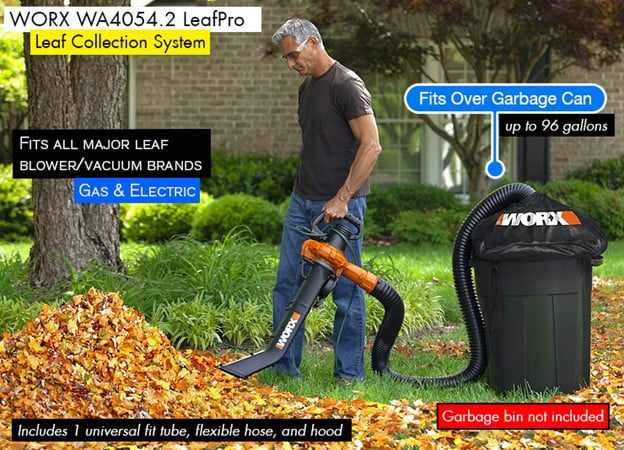
Avoid bigger branches and rocks and ensure that the vacuum path is free from any obstructions. Ensure that the intake channel is well adjusted to your terrain and does not get pushed. For long grasses or uneven terrains, raise the shaft to avoid a crash. Ensure the creation of a good suction. The smaller the distance between the intake and the site, the powerful the suction will be.
The most visible feature of the lawn vacuum is that of a collection bag or hopper. Lawn vacuums, depending on the size, come with large collectibles larger than 12 Cu Feet. Such large bags might sound impractical for a single person to lift and often have a door to remove the debris and make it lightweight.
Additional Types of Equipment
You do not create a similar size of debris in every part of the lawn. There are leaves, twigs, pine cones, and what not? All of these varying sizes require some special attachments for the lawn vacuum to function correctly. For delicate areas of the garden, prefer a large intake nozzle that would not do much damage. For masses or heavy matter like pinecones, use a similar suction for preciseness.
You will get these joineries from the manufacturer or your garden center. You can also use wander-hoses that allow you to vacuum debris, just when strolling casually, for a push garden vacuum.
Lawn vacuums help in making the walkways and driveways free of organic matter. They use flexible hoses to take in the plants, shrubbery, and twigs. If on a large commercial scale, you can also attach lawn vacuums to tractors or mowers. For this purpose, all you need to do is connect the hose from the container and attach it to the tractor.
Tips For Working with A Hand-Held Lawn Vacuum
Close The Bag Zip
While this may sound like a very primary thing, this petty job has the potential to drain down all your efforts. Keeping the collection bag open is a huge mistake, especially among first-time users, and should be cross-checked twice.
Avoid Heavy Twigs and Branches
Twigs will possibly hamper the functioning of the vacuum as it is designed only for lightweight and flexible pieces. Ensure the clearance of heavy wood before beginning the vacuuming of a lawn.
Adjust The Speed for The Terrain
Lawn vacuums have adjustable speed control units to adjust suitably with the terrain. For hard surfaces, low speeds are more suitable. Uneven, sloppy, soft terrains like grass require a high velocity.
Adjust The Vacuum Tube Length
Adjust the length of your vacuum tube to suit the purpose. Extend the pipe for proper suction and bring the mouth of the vacuum closer to the ground.
Final Word
A lawn vacuum works on the same principle and design as a leaf blower to suck up the leaves. They have in-built storage bags, either plastic or canvas, to mulch leaves as they pass through the vacuum. Lawn vacuums save your timeless effort as one only needs to empty the bag post-vacuuming.

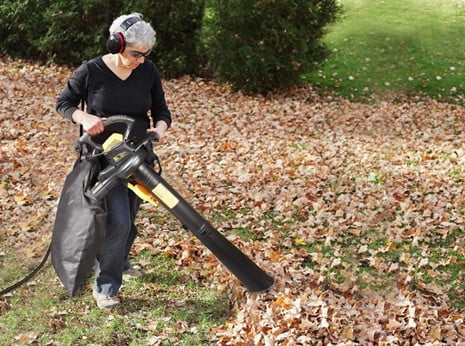
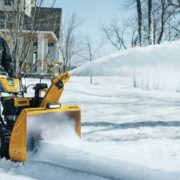
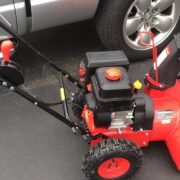
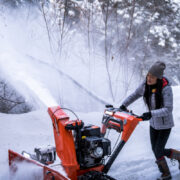

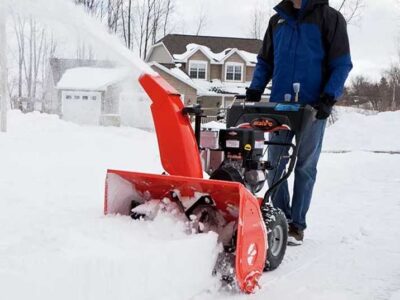
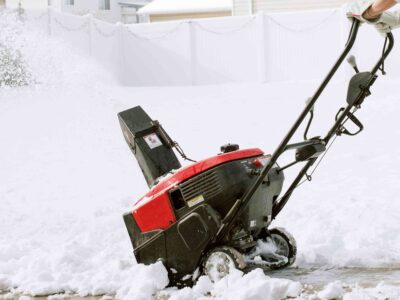
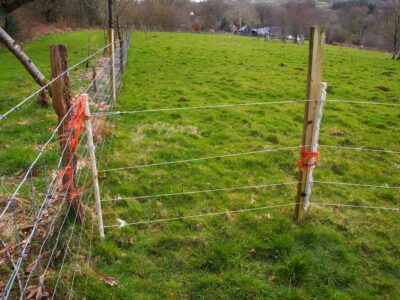
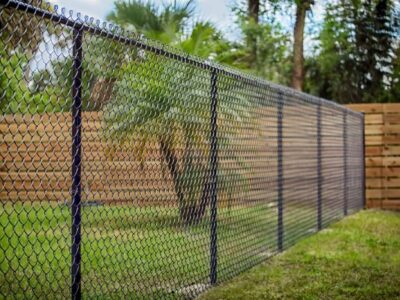




Comments